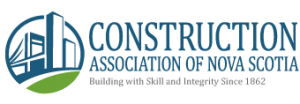Federal and provincial funding for highway interchanges improves safety and traffic flow
Highways 11 and 12 are integral components of Western Canada’s transportation network. They connect natural resource industries and the agricultural community to key economic trade corridors, west coast ports, and north-south trade routes to the United States. Read more.
